We offer online language courses to busy professionals and create programmes tailored to your specific needs. Classes are delivered live by a tutor who works with learners – at any level – and supports them to achieve their language goals.
Considering a foreign investment but can't speak the language?
Want to approach a new customer whose native language is not English?
RMC can support you by providing:
- Professional document translation (including editing and proofreading) in multiple languages
- Interpreting services in multiple languages
- Cross-cultural coaching
- Language courses
Our cross-cultural coaches work with a wide range of cultures and are also based locally and internationally serving our highly mobile clientele.
Our language tutors are qualified and able to deliver courses virtually and in person.
For more information on how we can support you, email us at [email protected].












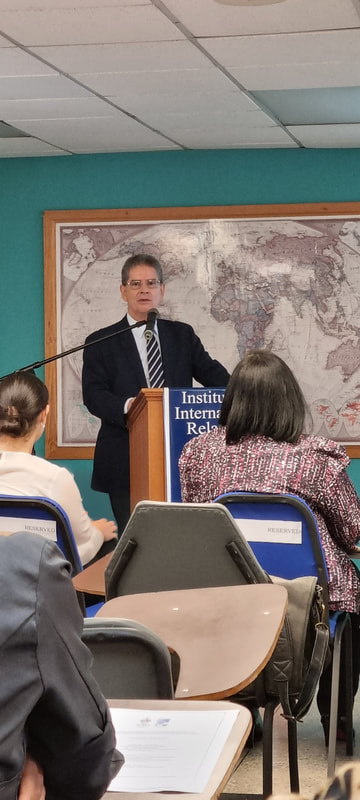
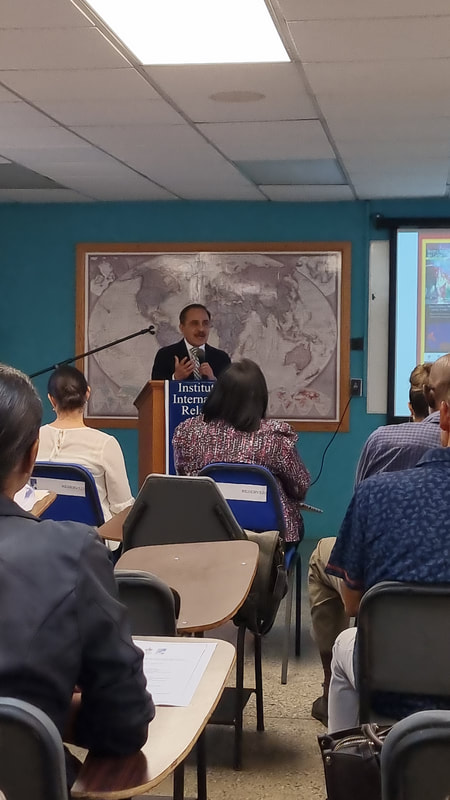
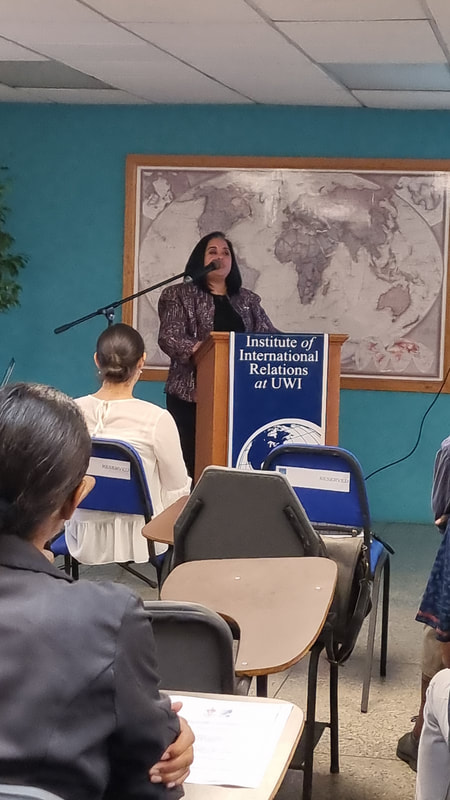
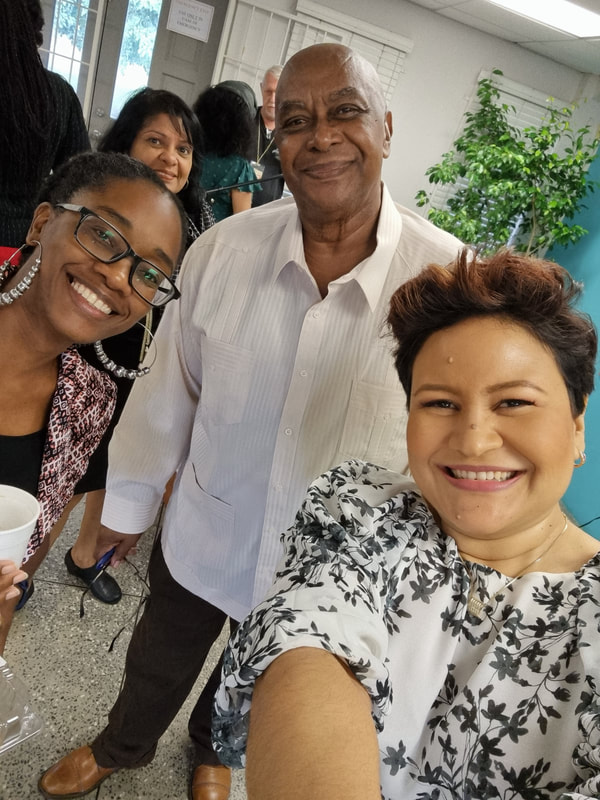

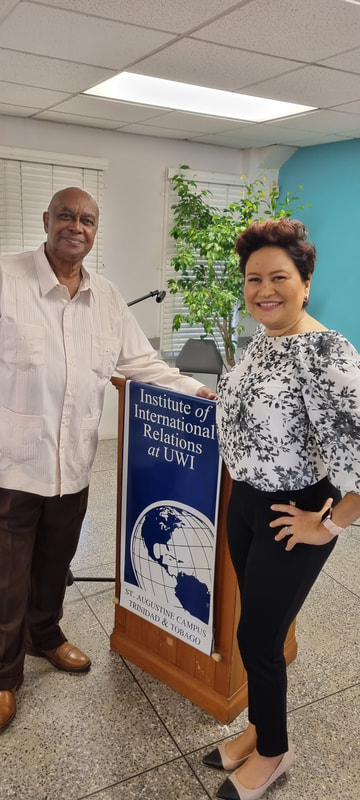

 RSS Feed
RSS Feed